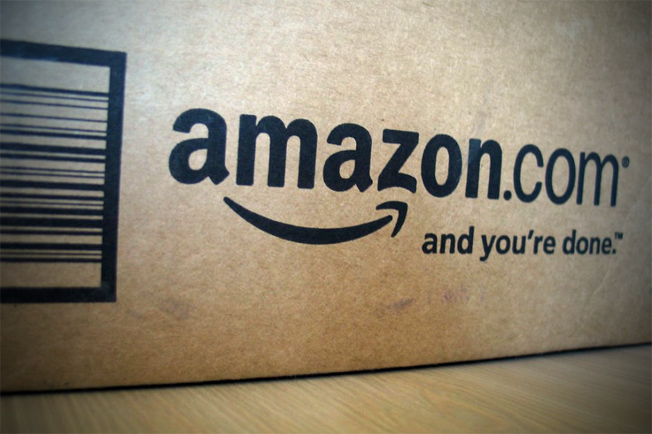
E-commerce giant Amazon looks to be taking steps to operate its own air freight service to compete with the likes of FedEx and UPS, with tests taking place out of DHL’s former US hub in Wilmington, Ohio. The aim would be to improve efficiency and cut its US$4.2 billion (2014) net shipping costs.
A posting on Airline Pilot Forums in late October by an individual claiming to be a pilot said that two B767s were in operation for Amazon. Various media reports have suggested the tests, said to be code-named ‘Aerosmith’, were launched in September on a trial basis and operated by Air Transport Services Group (ATSG). The nameless company has leased two B767Fs from ABX and two more from Air Transport International, technology news website Motherboard reported, citing confirmation from Paul Cunningham, a spokesperson for ATSG.
Cunningham told Motherboard that the company is in “a test period” with a new customer that involves four flights per day out of Wilmington. “We can’t comment on our operations or customers,” Cunningham said, citing a non-disclosure agreement with the unnamed customer.
The hub-and-spoke operation is based out of Wilmington (ILN) with flights to and from four other confirmed airports: Allentown, PA (ABE), Ontario, CA (ONT), Tampa (TPA) and Oakland (OAK). Amazon has distribution centres about 32km from ABE and ONT and within 97km of TPA and OAK.
Reports have also cited the potential for the Wilmington facility to ramp up to a 2,000 employee facility. The Wilmington Air Park is a logical choice for such an operation, coming as it does with a large, cargo-based focus that is close to major US cities of Cincinnati, Dayton and Columbus.
The two-runway aiport also has nearly 140,000 sqm of warehouse space available. In 2009 DHL US Express closed its air-freight distribution hub, which had employed nearly 8,000 people.
Amazon’s logistics ambitions are nothing new, having previously announced its ambition to use drone delivery to speed up Amazon Prime orders, a plan that has thus far been slowed down by FAA regulations. The Internet giant has also been quietly testing deliveries with its own vans since early last year, in locations including San Francisco, New York, and London.
Amazon’s net shipping cost in 2014 was US$4.2 billion, up from $3.5 billion in 2013, according to a 2014 filing with the US Securities and Exchange Commission. With delivery costs weighing heavily on the $250 billion Amazon empire and ongoing headaches with the performance of its third party shippers, the company could see substantial efficiency gains from its own logistics network.
The US company’s $190 billion China rival, Alibaba launched its own logistics network in 2013 and expanded in 2015 to bring grocery delivery to 250 cities in China.









